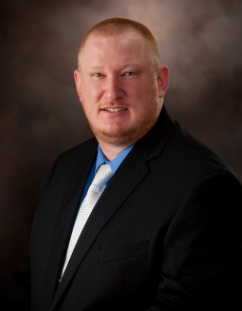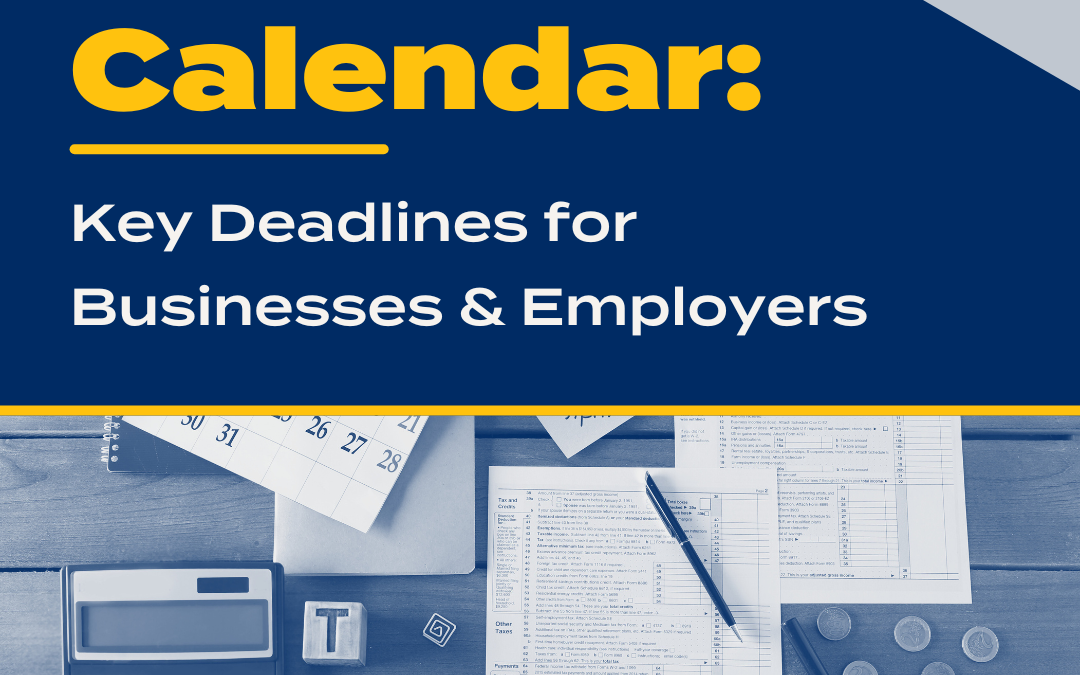The biggest attraction for the Paycheck Protection Program loan—besides the one percent interest rate—was the ability to get loan forgiveness. The initial guidance from the Small Business Administration (SBA) provided that the amount of payroll costs and allowable non-payroll costs paid over an eight-week period of time was forgivable. However, both lenders and borrowers had many questions about how this forgiveness would be calculated. Late on May 15, 2020, the SBA released the long-awaited PPP forgiveness guidance along with the loan forgiveness application.
PPP Loan Forgiveness Application
To apply for forgiveness, Paycheck Protection Program loan borrowers must complete this application and submit it to the lender servicing the loan. This application can be completed electronically through the lender.
View Application
Long-Awaited Answers
With the release of the PPP loan forgiveness guidance, answers finally were provided. Here is a summary of the guidance:
- First, the SBA provided that the eight-week period of time starts when you get the money from the loan. Employers also can move the eight-week period of time to coincide with the next payroll if they choose.
- Expenses and wages paid during the eight-week period of time are included in the forgiveness calculation EVEN IF the cost was incurred before the eight-week covered period.
- Payroll and covered expenses incurred during the eight-week period can be included in the forgiveness calculation EVEN IF the payment is made at the next regular time to pay that expense. PPP participants do NOT have to quickly pay everything in that eight-week period of time.
- The forgiveness application confirmed that, 75 percent of the forgivable portion of the PPP loan must be for payroll and payroll-related costs.
- The maximum PPP loan forgiveness is reduced by any reduction in full-time equivalents (FTE) and any reduction in average annual salary in the eight-week covered period versus several other periods which are outside of the relief period (beginning on March 27, 2020). The SBA loan forgiveness guidance provides for several points in time to calculate full-time equivalents and average annual salary.
- There are also several instances where “safe harbors” are provided, in which employers can rectify a potential reduction in loan forgiveness amount.
Looking Forward: More Questions and a Few Surprises
The PPP loan forgiveness guidance did include a few surprises—and yet more unanswered questions.
- The amount of loan forgiveness is reduced by any amount of Economic Injury Disaster Loan (EIDL) Grant that a taxpayer receives.
- Another surprise is an interpretation by the SBA that payroll costs paid for owners are not included in the forgivable amount.
- The guidance was silent regarding payments to related parties for rent and mortgage interest. However, we believe that these amounts are includible as long as the expense is ordinary and necessary.
- Also unanswered are questions regarding the calculation period when the eight-week period of time extends beyond June 30, 2020—the original ending period for the PPP loans.
It does not take much time to pick up your pencil and start working on the application before more questions arise. The biggest question of all is: What does a business do if it was unable to open due to being a nonessential business?
What Happens Next?
Congress is working right now to expand the PPP program. Bipartisan groups in Congress are pushing for:
- An expansion of the eight-week period of time to cover businesses that are closed.
- A possible removal of the 75 percent payroll costs requirement for forgiveness, and
- An expansion of what expenses can be covered by the PPP. Congress is recognizing that perhaps businesses need to be able to cover their overhead, and not just payroll …
Congress Continues to Tweak the PPP
As of June 8, 2020, Congress passed and the President signed the Paycheck Protection Program Flexibility Act of 2020. Find out what this means for businesses.
Read the Article
Applying for Loan Forgiveness: You Have Time
Despite these pending questions and answers yet to be seen, one thing is very clear: The calculation for forgiveness is very time-consuming and must be well-documented with payroll tax filings and proof of payment. Calculations of potential reductions in forgiveness must be calculated on a per-employee basis. That is not too bad if you have, say, five employees, but onerous if you have 150 employees or more. Being organized is key, and businesses should keep track of coverable expenses throughout the eight-week period.
The application for loan forgiveness does not have to be presented to your lender at a set period of time. The lender has 60 days to process your application for forgiveness and payments on the PPP are suspended for six months. You have time.
How We Can Help
Our advice to you is to keep on top of your numbers, know where you are headed for forgiveness and wait for more guidance. We anticipate that during the next month we will get more answers to our questions. As my mother always said, “Good things come to those who wait.” In this case, I think that’s good advice.
As always, your advisors at Hawkins Ash CPAs are here to help you navigate these and many more issues your business may be experiencing due to the COVID-19 pandemic.
Sign Up to Receive Email Updates
Be sure you’re getting the latest insights as legislative developments occur. We’re here for you with tax insights and business resources.
Sign Up Now
We Are Here for You
Contact us to talk through the challenges your business faces as you navigate through this unprecedented time. No doubt you’ll need help assessing cash flow and making smart projections, reviewing loan covenants, lining up bridge financing, talking to banks and lenders, figuring out staff loads and employee counts, handling disrupted supply chains, and so much more.
Read An Important Message from Our Firm





